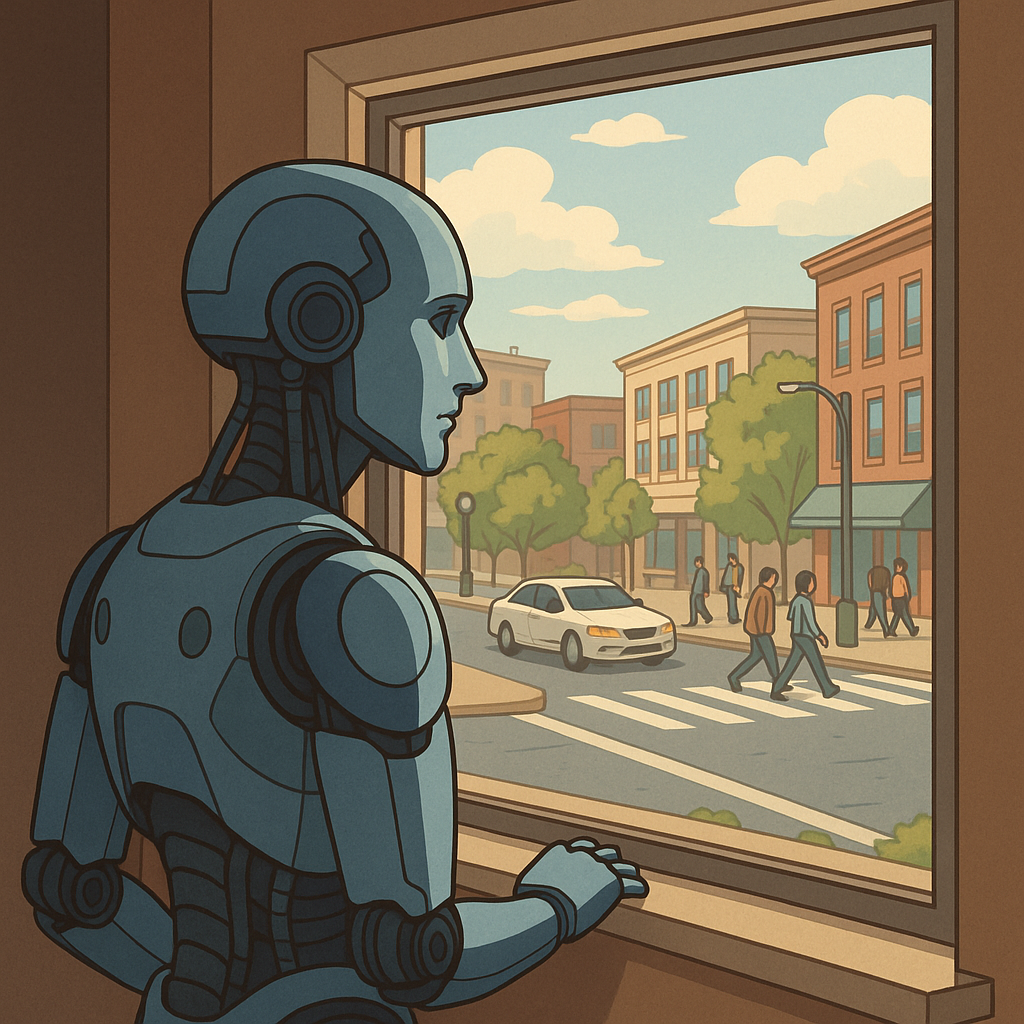
Why AI Needs a Window to the World
AI can write poems, diagnose diseases, and ace logic puzzles. But ask it what’s happening at your nearest crosswalk right now — and it draws a blank.
That’s because most AI lives in a closed world. It’s trained on static datasets, scraped text, historical images. What it can’t see is the real-time, physical world we live in.
This lack of situational awareness leads to brittle systems. Autonomous vehicles hesitate in edge cases. Delivery robots get stuck on sidewalks. Urban planners use models trained on outdated assumptions.
Now imagine if AI had access to live movement data, environmental context, and spatial patterns — the kind of information 375ai captures at scale.
With this physical intelligence, we could unlock:
Safer, more adaptive robotics
Real-time infrastructure optimization
Smarter logistics and city planning
Ground-truth ESG and risk modeling
But here’s the catch: AI can’t learn this alone.
Should everyday people help? Maybe. Contributing local, anonymized data could make AI more accountable, more responsive — and more aligned with how we actually live.
If we want AI to make real-world decisions, we have to let it see the real world first.
